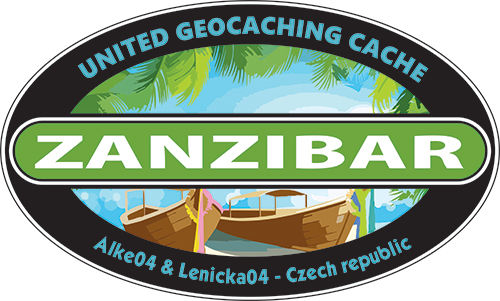
Zanzibar (/ˈzænzɪbɑːr/; Swahili: Zanzibar; Arabic: زنجبار, translit. Zanjibār) is a semi-autonomous region of Tanzania. It is composed of the Zanzibar Archipelago in the Indian Ocean, 25–50 kilometres (16–31 mi) off the coast of the mainland, and consists of many small islands and two large ones: Unguja (the main island, referred to informally as Zanzibar) and Pemba Island. The capital is Zanzibar City, located on the island of Unguja. Its historic centre is Stone Town, which is a World Heritage Site.
Zanzibar's main industries are spices, raffia, and tourism. In particular, the islands produce cloves, nutmeg, cinnamon, and black pepper. For this reason, the Zanzibar Archipelago, together with Tanzania's Mafia Island, are sometimes called the "Spice Islands" (a term also associated with the Maluku Islands of Indonesia).
Zanzibar is the home of the endemic Zanzibar red colobus, the Zanzibar servaline genet, and the (possibly extinct) Zanzibar leopard.
The word Zanzibar came from Arabic zanjibār (زنجبار [zandʒibaːr]), which is in turn from Persian zangbâr (زنگبار [zæŋbɒːɾ]), a compound of Zang (زنگ [zæŋ], "black") + bâr (بار [bɒːɾ], "coast"), cf. the Sea of Zanj. The name is one of several toponyms sharing similar etymologies, ultimately meaning "land of the blacks" or similar meanings, in reference to the dark skin of the inhabitants.

Monument to the slaves in Zanzibar

Zanzibar was one of the largest slave ports in the vast Indian Ocean slave trade, which was dominated by Arab slave traders. The Arab slave trade originated before Islam and lasted more than a millennium. The slavers hacked their way from Bagamoyo on the Tanzania mainland coast into the African interior, as far west as the Congo. The slavers traded, bribed chiefs, pillaged and frequently kidnapped to meet the high demand for slaves. The newly acquired slaves were often forced to carry ivory and other goods back to Bagamoyo. The name Bagamoyo is derived from the Kiswahili words "bwaga moyo" which mean 'lay down your heart', because it was here that slaves would abandon any remaining hope of freedom or escape. Slaves who survived the long and perilous hike from the interior were then crammed into wooden boats called dhows bound for the slave markets in Stone Town, Zanzibar.
It is important to understand that in the context of the Arab Slave Trade, the term Arab represents a culture as opposed to a specific race. Many of the "Arab" slave traders such as Tippu Tip and others were indistinguishable from the "Africans" whom they enslaved and sold. All of the main racial groups in Zanzibar were involved in the slave trade in some way or other. Europeans used slaves in their plantations in the Indian Ocean islands, Arabs were the main traders, and African rulers sold prisoners taken in battle.
Although best known today as an island paradise, there are many prominent reminders of Zanzibar's dark history in the slave trade around Stone Town and across the island. The market where slaves were confined in dark, airless, underground chambers before being sold still contains the chains bolted to the concrete. A moving memorial now stands where the market once was, reminding visitors and locals alike, of the atrocities committed on that very spot centuries before. Nearby, the Anglican Church contains a wooden cross carved from the tree under which the famous explorer and abolitionist David Livingstone's heart was buried in Zambia. Along the island's coast, several old limestone holding cells where slaves were hidden from crusading British abolitionists still exist. Once slavery was banned, the use of the chambers increased. Some still contain etchings and final messages left by slaves awaiting their sale and transport to a foreign land.
In 1822, the Omani Arabs signed the Moresby Treaty which made the sale of slaves to Christian's illegal and provided other restrictions. Unfortunately, these restrictions were essentially ignored, and the trade continued to thrive. Then, in 1873 under the threat of bombardment by the British navy, Sultan Barghash was forced to sign an edict making the sea-borne slave trade illegal, and the slave market in Zanzibar was finally closed. Although, slaving was now officially illegal, it continued on the mainland of Tanzania until the defeat of the Germans in the First World War and Britain took over as the colonial power.
